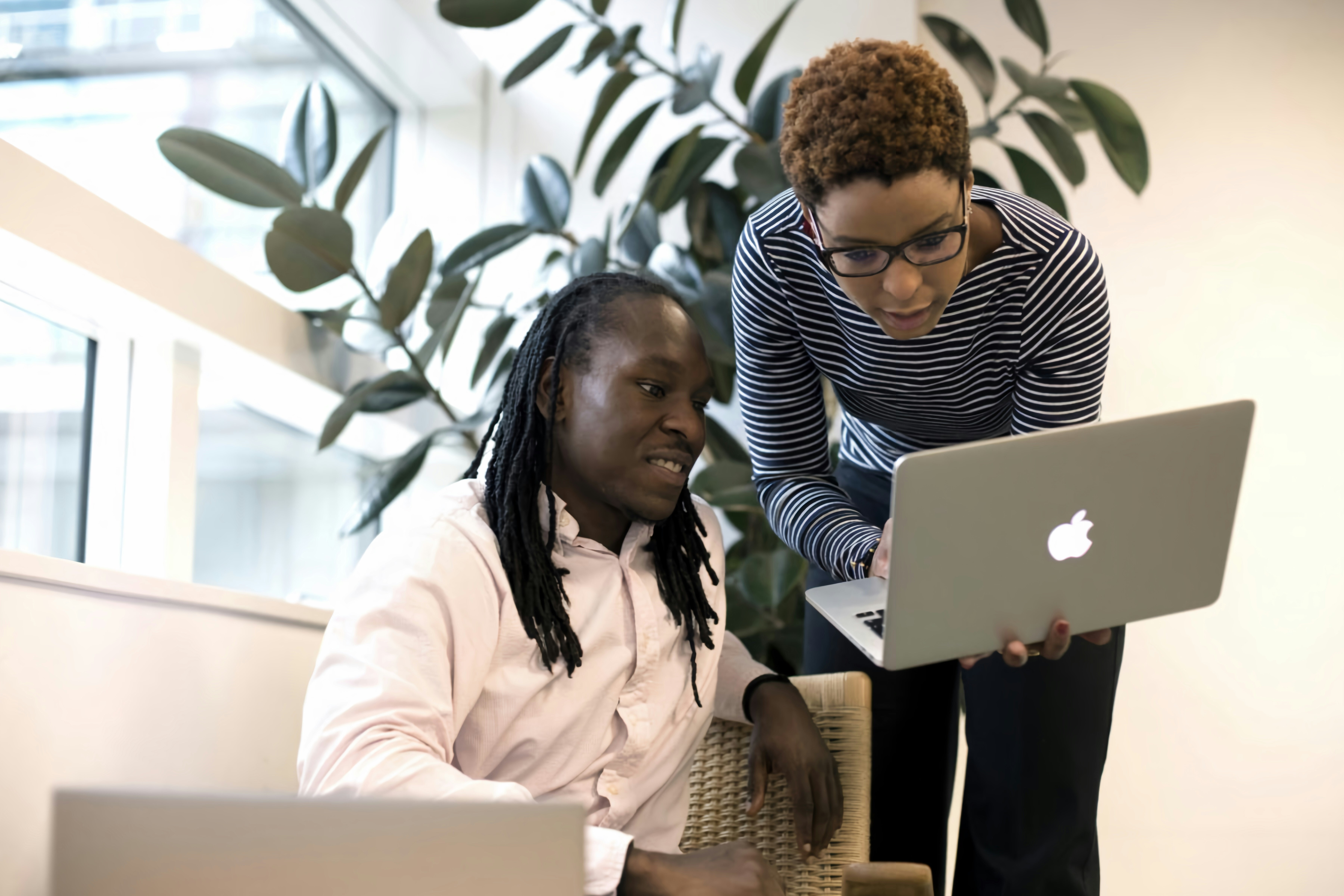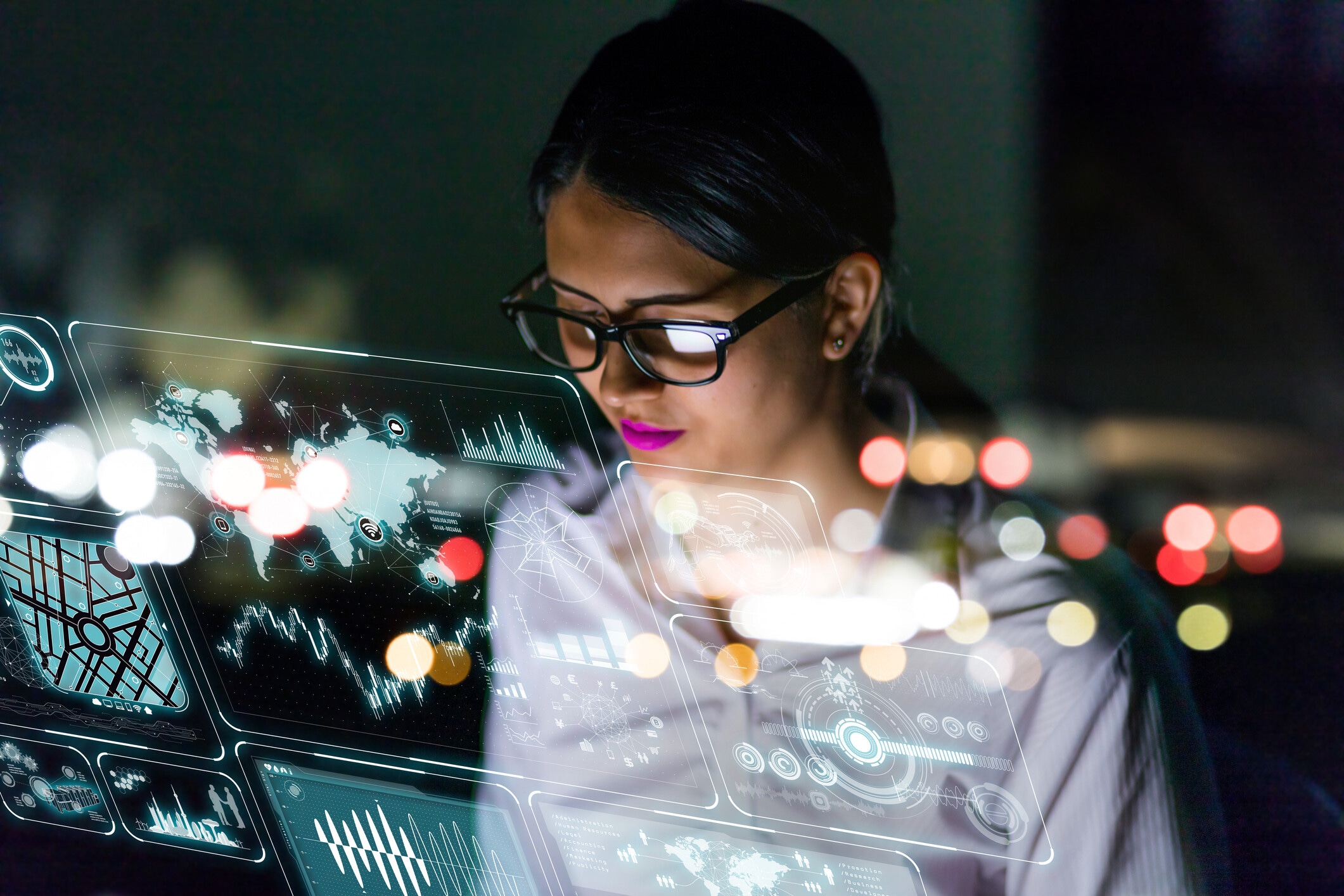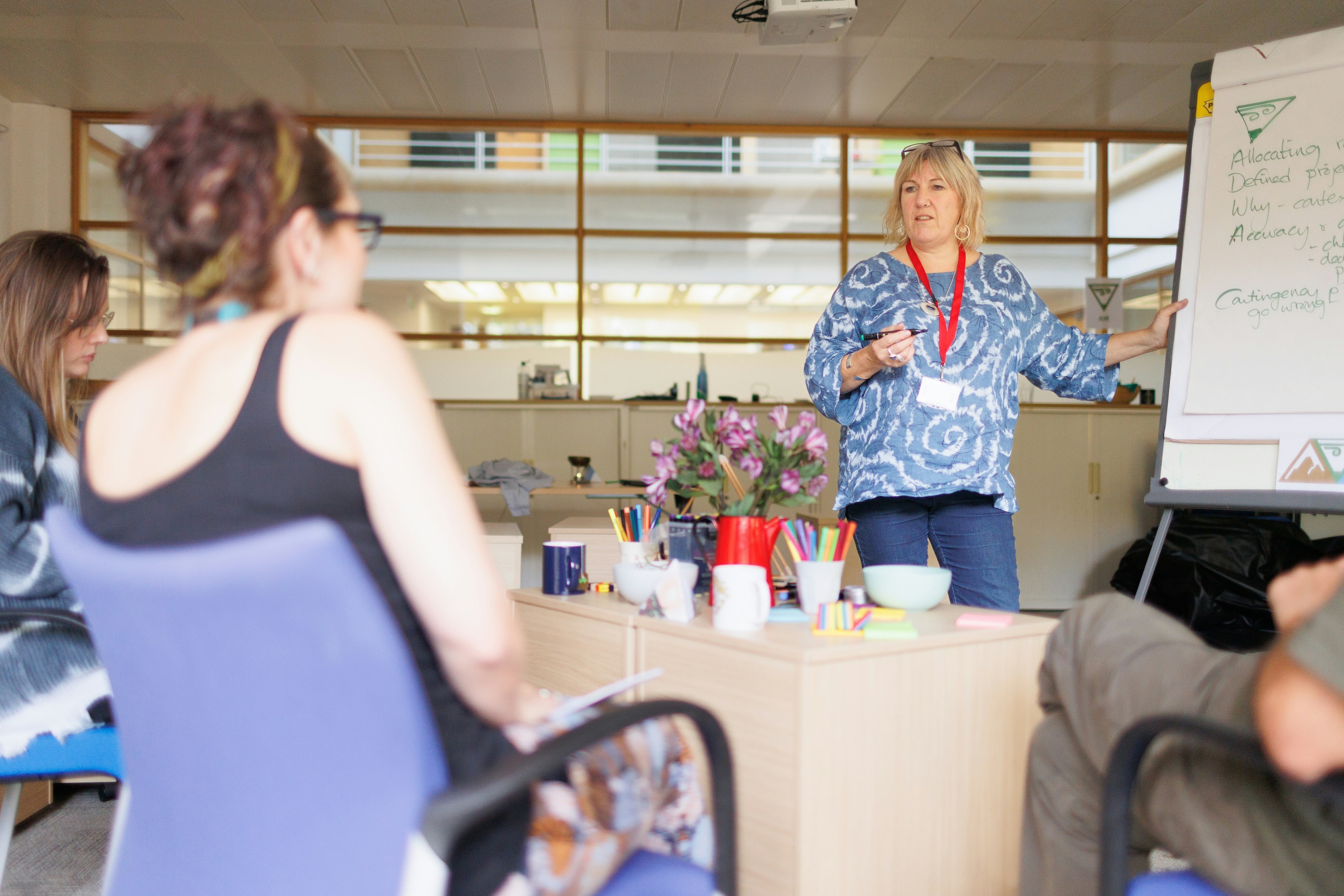How can we prepare students for the Fourth Industrial Revolution? 5 lessons from innovative schools around the world

What does the school of the future look like? This new report looks at 16 schools and institutions around the world. Image: Unsplash/NeONBRAND
- 16 schools, systems and initiatives around the world are preparing the next generation for the changing world.
- The most innovative institutions are shaking up the traditional classroom approach.
- It's important to provide students with the digital skills necessary for the Fourth Industrial Revolution.
New schools and new views on teaching are springing up around the world to help prepare the next generation for a rapidly changing employment landscape.
This overhaul of teaching and education methods is much needed – and not only because of the breathtaking pace of change being ushered in by digital technologies, AI and data. It’s also necessary because current models of teaching and education are still firmly rooted in practices that have been around for 200 years or more.
In the new report Schools of the Future: Defining New Models of Education for the Fourth Industrial Revolution, the World Economic Forum looked at how education needs to change. The report identified eight "critical characteristics in learning content and experiences" and highlighted 16 schools, systems and initiatives around the world that are leading the way.

Here are five that are approaching this new era – Education 4.0 – in fresh and exciting ways.
1. Child’s play in China
Anji Play was established in the Zhejiang Province of China in 2002. It follows an early childhood curriculum that fosters learning entirely through child-led play.
Its core belief is that any setting can become a learning environment, with a minimum of 90 minutes every day set aside for outdoor play, using equipment such as ladders, buckets and climbing cubes. Key to the model’s success is that it makes use of low- to no-cost items, ensuring it is accessible to low-income families.
Initially, 14,000 children in Zhejiang were enrolled. It has since been spread to over 100 public schools in more than 34 provinces in China. There are now Anji Play pilots in the US, Europe and Africa, too.
2. Finland’s budding entrepreneurs
Finland routinely ranks high for the quality of its education system, which is regarded as one of the best in the world.
Founded in 1958, South Tapiola High School is one of the best schools in the country. As well as following the Finnish national curriculum, it adds a special focus on teaching collaboration through entrepreneurship, active citizenship and social awareness with real-world applications.
The school’s Young Entrepreneurship Programme gives students the opportunity to work in groups to create a business of their own, then enter their ideas in national competitions.

3. Growing green leaders in Indonesia
Shaping the green leaders of the future is central to the Green School, which opened in Bali in 2008. Its 800-strong student body is comprised of 3- to 18-year-olds. The school now has plans to expand into New Zealand, South Africa and Mexico by 2021.
Maintaining a sustainable school environment is one of the school’s main activities, and in the 2017-2018 school year students produced over 150 kilogrammes of food every month. In 2018, it joined forces with Sunseap, Singapore’s largest clean energy provider, to help the school with its goal of becoming completely off the grid.
4. Refugees in Kenya get connected
In 2015, Belgian teacher, activist and entrepreneur Koen Timmers set up a crowdfunding campaign after speaking to an outreach worker in the Kakuma refugee camp in Kenya.
He sent more than 20 laptops (including his own), solar panels and internet equipment to the camp to connect volunteer teachers with refugee children. There are now 350 teachers across six continents offering remotely taught courses in English, mathematics and science to children in the camp.
The Kakuma model is now expanding through a network of Innovation Lab Schools to Tanzania, Uganda, Nigeria, Morocco, Argentina, South Africa, Brazil and Arctic Canada.
What is the World Economic Forum doing to improve digital intelligence in children?
5. Tech immersion in Viet Nam
TEKY is the first STEAM (science, technology, engineering, art and mathematics) academy in Viet Nam for children ages 6 to 18 years old. Founded in 2017, it has since established 16 centres in five cities across the country.
Through partnerships with 30 schools across Viet Nam, the academy is able to deliver nine- to 18-month-long technology courses, as well as a coding camp for the holiday periods.
TEKY teaches modules on programming, robotics, web design, multimedia communications and animation, with students spending about 80% of their learning time interacting with technology.
Don't miss any update on this topic
Create a free account and access your personalized content collection with our latest publications and analyses.
License and Republishing
World Economic Forum articles may be republished in accordance with the Creative Commons Attribution-NonCommercial-NoDerivatives 4.0 International Public License, and in accordance with our Terms of Use.
The views expressed in this article are those of the author alone and not the World Economic Forum.
Stay up to date:
Education, Gender and Work
Forum Stories newsletter
Bringing you weekly curated insights and analysis on the global issues that matter.
More on Education and SkillsSee all
Jumoke Oduwole and Abir Ibrahim
November 11, 2025







